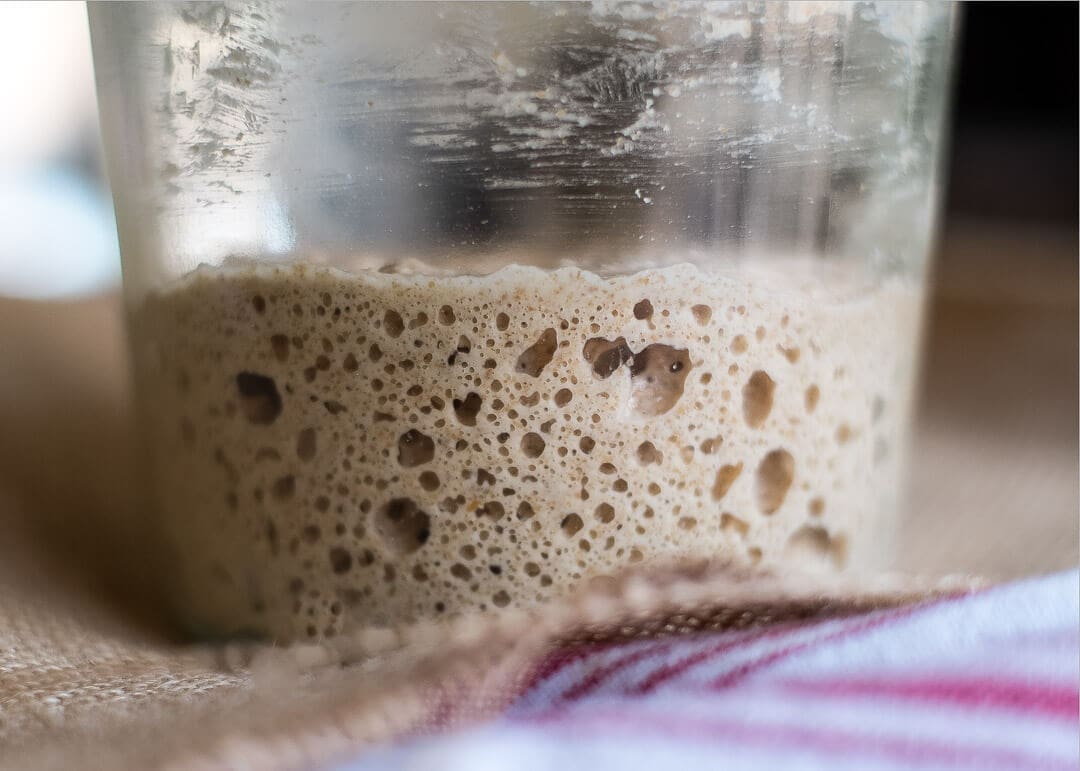I made 2 whole meal loaves following a Paul Hollywood recipe 1kg whole meal bread flour , 30g doves active yeast 2tspsalt 600mls water 20gm butter . I kneaded for 30 mins and proved for 30 mins where the dough tripled in size . I knocked back and proved for 50 mins. The dough rose and then flopped over the side of the tins . I ended up with with 2 tee shaped loaves which were very dense in structure . Having watched a Paul Hollywood video I thought I had cracked this . Were did I go wrong???
Wholemeal requires 100% hydration; The recipe was only had 60% hydration.
Wholemeal is 100% extraction meaning 100% of the wheat kernel is extracted to mill the flour. So it contains the bran, germ, and endosperm.
Because it is 100% extraction it is highly hydroscopic, meaning it absorbs an exceptional amount of water. It requires 100% hydration. A high hydration formula does not using kneading, but a stretch and flour technique to build gluten.
The bran is the outer shell of the wheat kernel. It is very fibrous. As you knead the dough, the sharp bits of bran destroys the gluten network, cutting it apart as you knead. The more you knead, the more you damage the gluten network.
Stretch and fold builds gluten while preventing damage to the gluten network because it doesn’t repeatedly press the bran bits through the dough by roughly folding, pressing, and rolling it over and over on itself.
Wholemeal flour by its nature produces a very low rising bread because it is 100% extraction. Everything made with wholemeal flour will be dense and heavy. It is the nature of the beast.
Because of the issues with using all wholemeal, it is generally mixed with high protein flour. High protein flour is about 73% extraction (27% of the bran and germ removed)
Making a decent wholemeal loaf is possible, but it is not something for a novice baker. And it is definitely not possible with a badly written 60% hydration formula.


